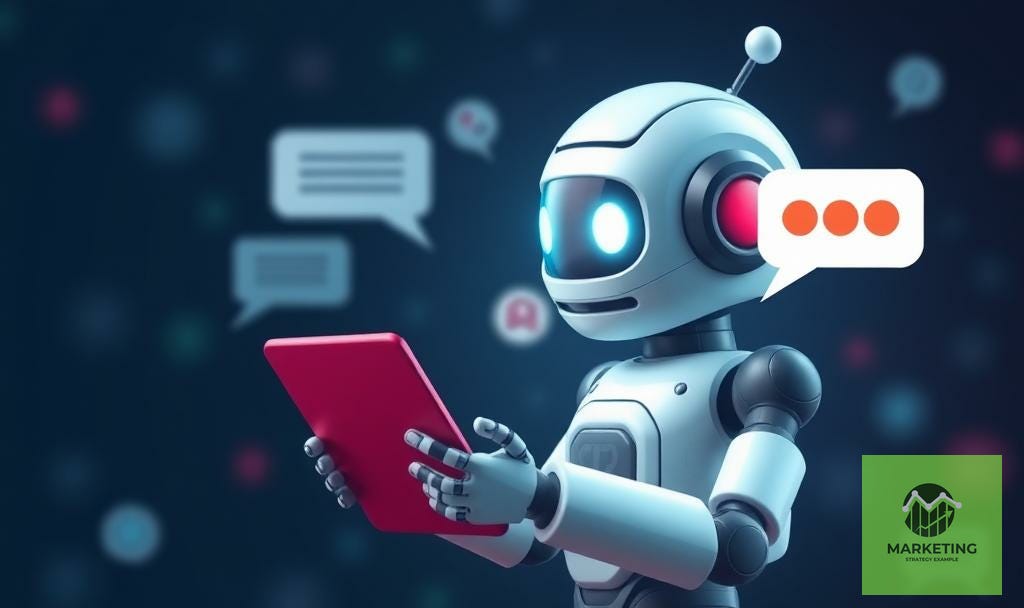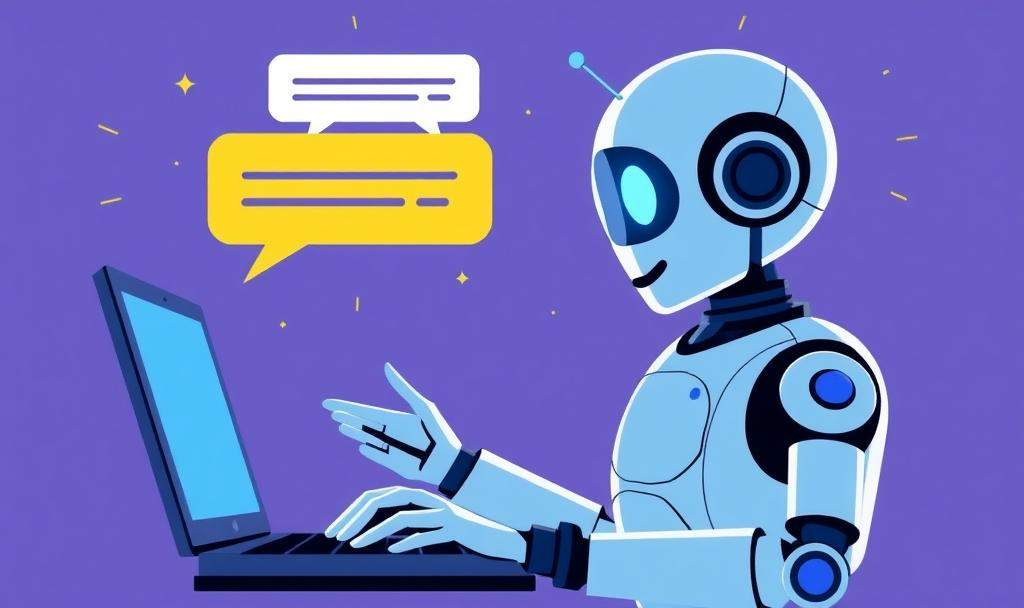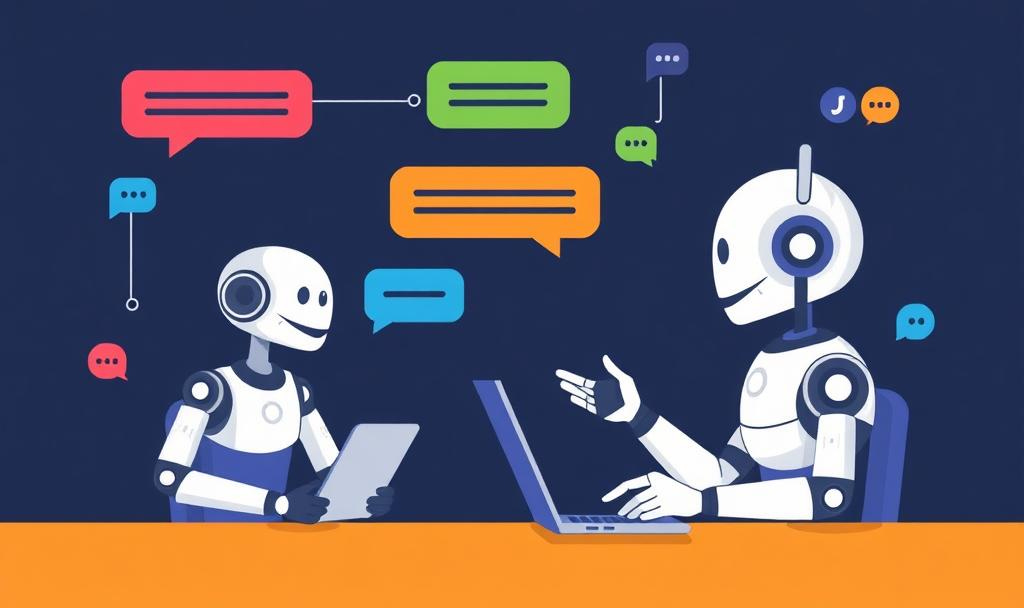How to Use Chatbots for Lead Generation: A Step-by-Step Guide
Capture More Leads, Nurture Prospects, and Grow Your Business with Chatbot Automation
In today’s fast-paced digital world, chatbots have become a powerful tool for businesses to engage with customers, streamline communication, and generate leads. With 69% of consumers preferring chatbots for quick communication, leveraging this technology can significantly enhance your lead generation efforts.
In this guide, we’ll explore how to use chatbots for lead generation, providing actionable tips and strategies to help you capture more leads, nurture prospects, and grow your business.
Why Use Chatbots for Lead Generation?
Chatbots offer several advantages for lead generation:
24/7 Availability: Engage with customers anytime, even outside business hours.
Instant Responses: Provide quick answers to customer queries, improving satisfaction.
Personalized Interactions: Tailor conversations based on user behavior and preferences.
Cost-Effective: Automate repetitive tasks, reducing the need for human intervention.
Data Collection: Gather valuable information about prospects to fuel your marketing efforts.
Step 1: Define Your Goals
Before implementing a chatbot, clearly define your lead generation goals. Examples include:
Collecting contact information (e.g., email addresses, phone numbers).
Qualifying leads by asking specific questions.
Scheduling appointments or demos.
Driving traffic to specific landing pages or offers.
Your goals will determine the chatbot’s design, functionality, and conversation flow.
Step 2: Choose the Right Chatbot Platform
Select a chatbot platform that aligns with your business needs. Popular options include:
ManyChat: Ideal for Facebook Messenger and Instagram.
Tidio: Great for e-commerce websites.
Drift: Focused on B2B lead generation.
HubSpot: Integrates with CRM and marketing automation tools.
Consider factors like ease of use, integration capabilities, and pricing when choosing a platform.
Step 3: Design Engaging Conversations
Your chatbot’s conversation flow should be intuitive, engaging, and aligned with your goals. Tips for designing effective conversations:
Start with a friendly greeting and a clear value proposition.
Use simple, conversational language.
Ask open-ended questions to gather more information.
Offer multiple-choice options to guide users.
Include a strong call-to-action (CTA) to encourage conversions.
Example:
Chatbot: “Hi there! 👋 Looking for the best deals on [Product]? I can help! Would you like to:
See our latest offers?
Schedule a demo?
Speak with a human agent?”
Step 4: Integrate with Your CRM
Integrate your chatbot with a Customer Relationship Management (CRM) system to streamline lead management. Benefits include:
Automatically storing lead information.
Segmenting leads based on their responses.
Triggering follow-up emails or notifications.
Popular CRM integrations include HubSpot, Salesforce, and Zoho CRM.
Step 5: Offer Value to Users
Provide value to encourage users to engage with your chatbot. Examples include:
Exclusive discounts or promotions.
Free resources like eBooks or guides.
Personalized product recommendations.
Instant answers to frequently asked questions.
Step 6: Test and Optimize
Regularly test and optimize your chatbot to improve performance. Key steps include:
Analyze conversation logs to identify bottlenecks.
A/B test different messages and CTAs.
Monitor metrics like engagement rate, lead conversion rate, and user satisfaction.
Update the chatbot’s responses based on user feedback.
Conclusion
Chatbots are a powerful tool for lead generation, offering 24/7 availability, personalized interactions, and cost-effective automation. By defining your goals, designing engaging conversations, and integrating with your CRM, you can capture more leads and grow your business.
Start implementing these strategies today to harness the full potential of chatbots and take your lead generation efforts to the next level.







